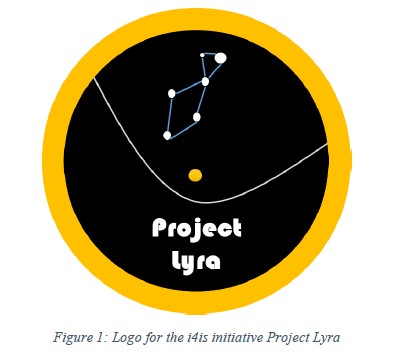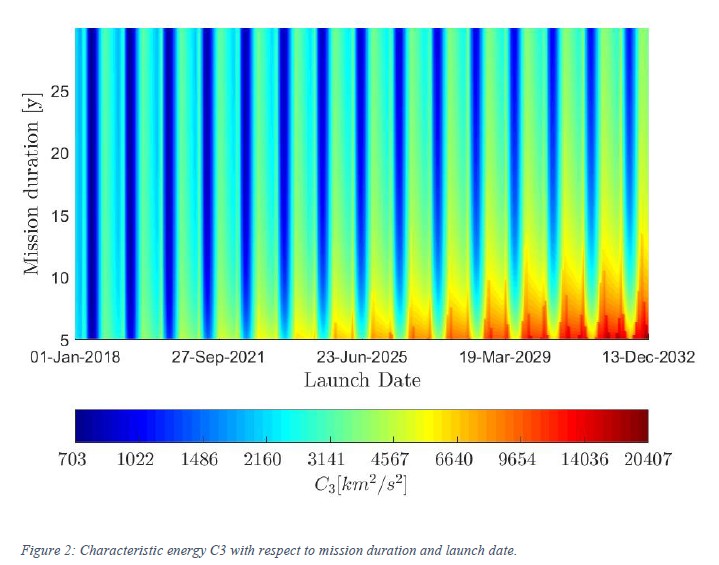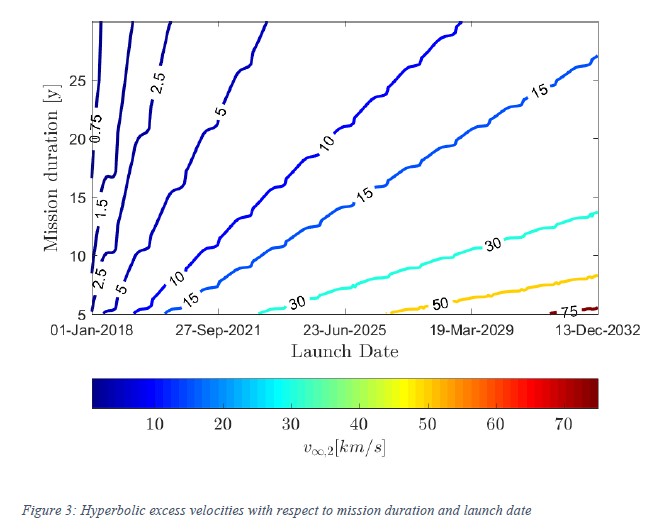Overtake ʻOumuamua! Project "Lyra"
This publication is a bit belated news, following the previous two articles on ʻOumuamua on Gikttimes. Nevertheless, I did not manage to find her references in previous articles and comments.
Links to previous articles about ʻOumuamua respected member with the nickname akurilov :
1. Date with ʻOumuamua. For the first time the interstellar object in the Solar System is open.
2. The first open interstellar object turned out to be unusual.

Initially, the news came to me quite by accident, on a domestic, unreliable, website, and with an error in the abbreviation SLS. It was alarming, but I still tried to find the source of the news. When searching, several more sites fell out with the same error, but let them. The important thing is that Google knows everything, and the secret became clear.
One of the references led to the abstract published on Nov. 8, 2017 “Project Lyra: Sending a Spacecraft to 1I / Oumuamua (formerly A / 2017 U1), the Interstellar Asteroid” . The full text of this work is also available on this page .
A small, only 10 pages, review of potential options to catch up with the departing interstellar wanderer was prepared, mainly by British scientists from
Initiative for Interstellar Studies (Bone Mill, New Street, Charfield, GL12 8ES, United Kingdom) with the participation of one American - Marshall Eubanks from Asteroid Initiatives LLC
I do not know English very well and understand the issues raised, but what is important is that catching up with ʻOumuamua turned out to be fundamentally possible with technologies that are likely to become available in the next ten years. The launch of the probe to the asteroid will be possible either on the SLS or on the BFR, with refueling of the upper stage on the LEO. Of course, neither the Senate Launch System nor the BFR can provide the necessary speed for the probe themselves. Another interesting detail is that the project can become international, and with all my skepticism, Russia could take part in it.
Now the project is at the initial stages, however, the trajectory modeling is carried out for different options.
From my point of view, the greatest interest in this work is a list of 17 sources, which describe various methods for accelerating the probe to the required speed. Of course, not all of them are publicly available. I will be grateful to those who can expand this news in the comments or in new posts.
Links to previous articles about ʻOumuamua respected member with the nickname akurilov :
1. Date with ʻOumuamua. For the first time the interstellar object in the Solar System is open.
2. The first open interstellar object turned out to be unusual.

Initially, the news came to me quite by accident, on a domestic, unreliable, website, and with an error in the abbreviation SLS. It was alarming, but I still tried to find the source of the news. When searching, several more sites fell out with the same error, but let them. The important thing is that Google knows everything, and the secret became clear.
One of the references led to the abstract published on Nov. 8, 2017 “Project Lyra: Sending a Spacecraft to 1I / Oumuamua (formerly A / 2017 U1), the Interstellar Asteroid” . The full text of this work is also available on this page .
A small, only 10 pages, review of potential options to catch up with the departing interstellar wanderer was prepared, mainly by British scientists from
Initiative for Interstellar Studies (Bone Mill, New Street, Charfield, GL12 8ES, United Kingdom) with the participation of one American - Marshall Eubanks from Asteroid Initiatives LLC
I do not know English very well and understand the issues raised, but what is important is that catching up with ʻOumuamua turned out to be fundamentally possible with technologies that are likely to become available in the next ten years. The launch of the probe to the asteroid will be possible either on the SLS or on the BFR, with refueling of the upper stage on the LEO. Of course, neither the Senate Launch System nor the BFR can provide the necessary speed for the probe themselves. Another interesting detail is that the project can become international, and with all my skepticism, Russia could take part in it.
Now the project is at the initial stages, however, the trajectory modeling is carried out for different options.
Under the cut there are several graphs from this review. 





From my point of view, the greatest interest in this work is a list of 17 sources, which describe various methods for accelerating the probe to the required speed. Of course, not all of them are publicly available. I will be grateful to those who can expand this news in the comments or in new posts.
All Articles